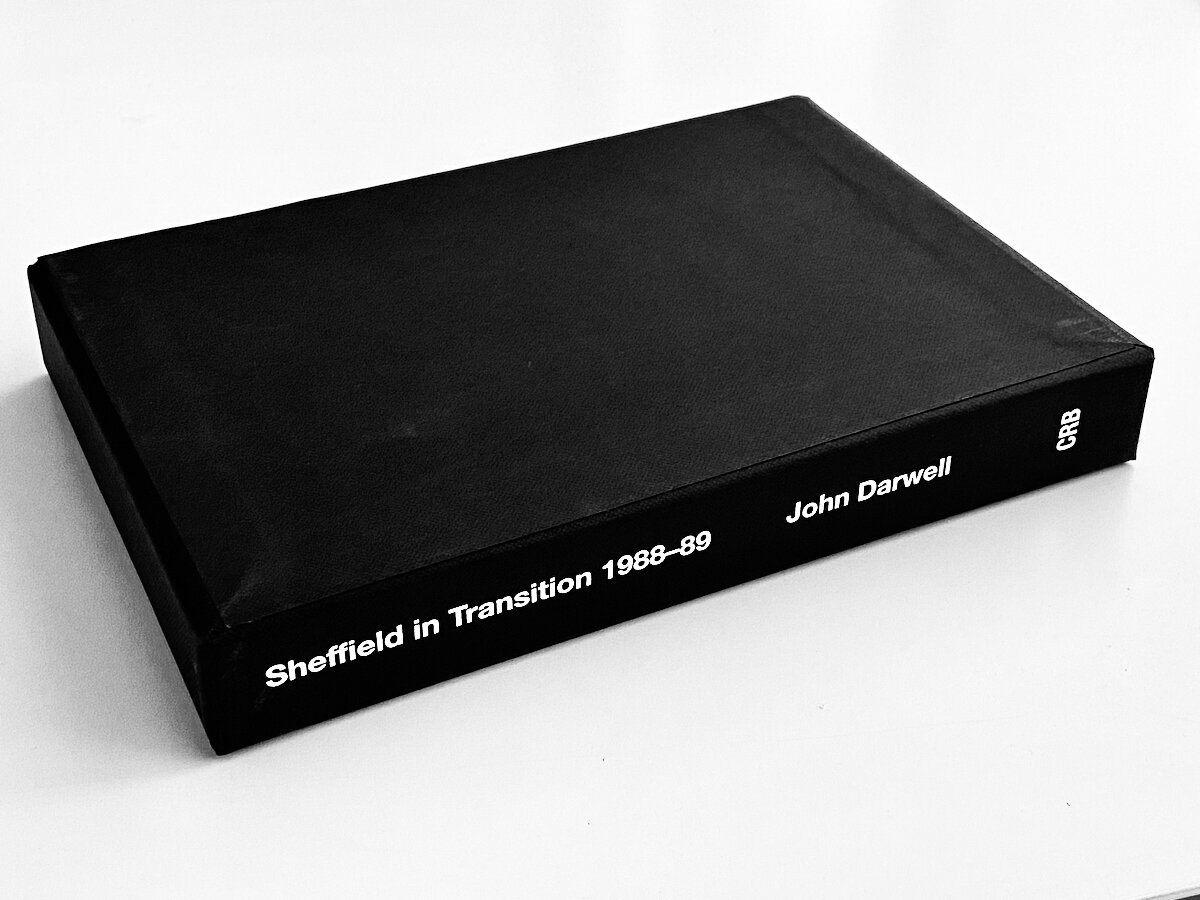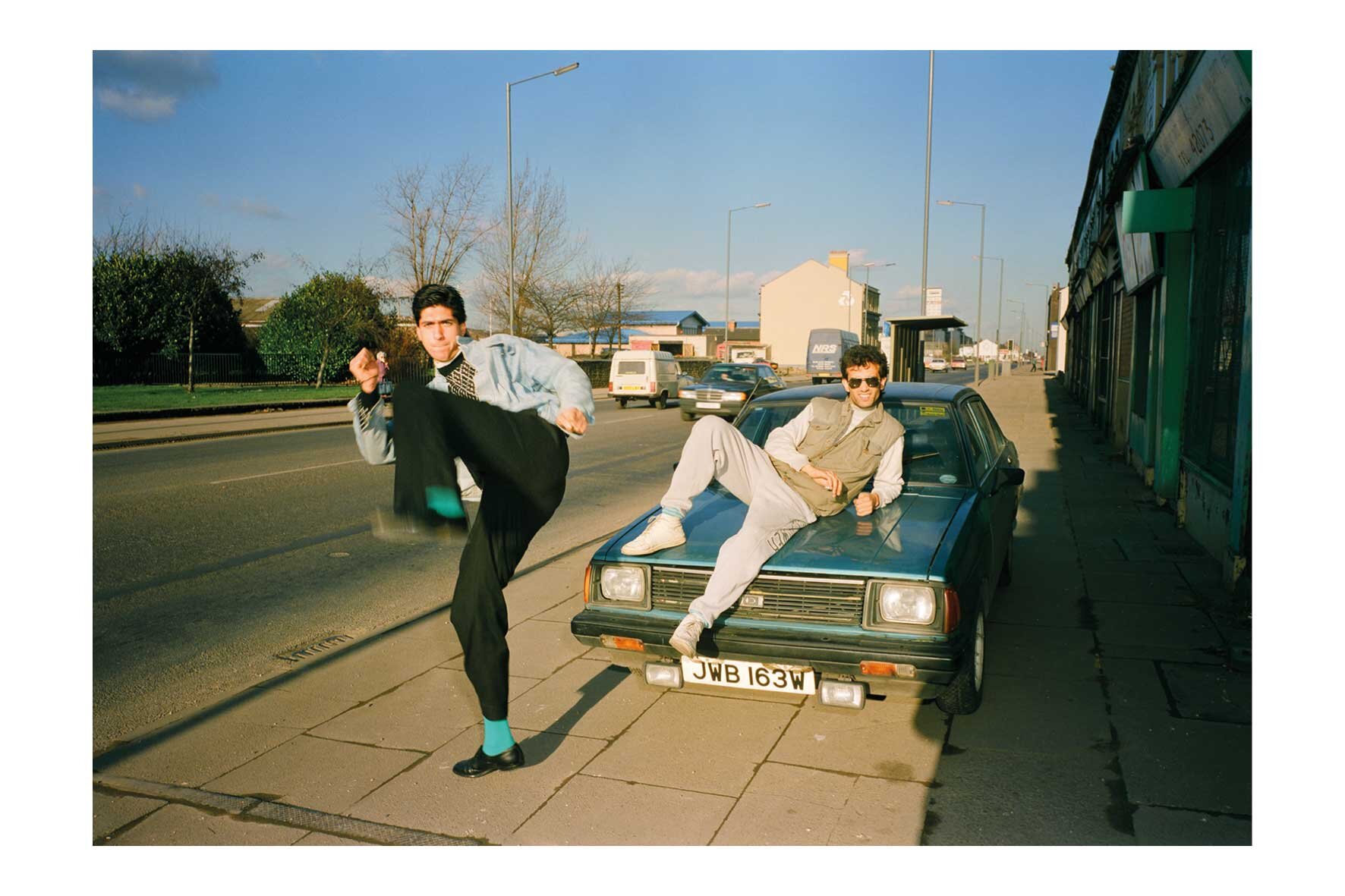Diane Bush — The Brits Series, England in the 1970s. Four Books






































































Diane Bush — The Brits Series, England in the 1970s. Four Books
The Brits — 28 Pages
More Brits — 32 Pages
Even More Brits — 36 pages
The Last of the Brits England in the 1970s — 36 pages
printed in the UK
staple bound
14cm x 20cm
b/w digital
Special offer — £17 for the set of four books
In January 1969, Diane Bush (a.k.a. Diane Olson) arrived in the U.K from the U.S.A. age 18, along with her 24 year old husband. Both considered themselves political refugees from the Nixon administration. Diane had experienced harassment from the F.B.I. who were keeping a keen eye on her family for anti-Vietnam war activities, and her husband had New York and California draft boards hounding him after his failure to secure a Conscientious Objector status. Canada was close but already crowded with draft dodgers. Diane’s brother and husband had made friends with two travelers from the UK during their stint in the Peace Corp, so England was the best option for escape. Ken Livingston was one of those young explorers, so Diane and spouse lived with Ken and his family in West Norwood for those first awkward months. They later all joined the Young Socialists, and the rest is history.
Once established in the UK with visas and work permits, Diane set up a darkroom in her Tulse Hill flat, joined a local camera club group, producing a portfolio that landed her a job as Photographic Technician at the Paddington Technical College. Thanks to a day-release program, she was able to be a student of the same City and Guild study program that she helped maintain the other 4 days of the week. This is where Diane’s supervisor, Reg Peerless, gave his cockney nickname to her, and Diane became “Hank” (the Yank) Olson.
At Paddington Technical College, Diane met Paul Trevor. Another student, Leslie Billingham, told Paul about the program there. Paul enrolled, and soon was asking Diane about other students who might be interested in working collectively. Diane introduced Paul to Nicholas Battye, and eventually the three were the core members of the Exit Photography Group. While Diane was interested in graphic compositions of architecture and negative space, the other members of the Exit Photography Group emphasized the people of Wapping, and the City of London. The Exit Photography Group’s first book (Down Wapping) and exhibit was shown outdoors, and at the Photographers Gallery, in London.
Eventually, the Exit Photography Group (now joined by Chris Steele-Perkins) received a substantial grant from the Gulbenkian Foundation to produce a photographic survey of poverty in the UK. Not comfortable about going alone into the worst slums that existed in the UK, Diane resigned from the group. Now hooked on street photography, she partnered with feminist photographers for two exhibits at the Half Moon Gallery, “Women”, and “Men photographed by women”.
By the mid 1970’s, Diane’s marriage had failed. She moved to Scotland in one last effort of reconciliation, but in vain. Headed back to London, she stopped in Manchester to see an old Labor Party friend, and was persuaded to stay. In Manchester, Diane started the first Northern photo collective, REFLEX, where she became good friends with Aileen Ferriday. She also started the first Northern gallery space dedicated to photography in the Grass Roots Book Store. Diane lived in Hebden Bridge for a spell, and met Martin Parr there. She was awarded a grant from the Yorkshire Arts Council, and had formed relationships with other northern working photographers such as Daniel Meadows.
Ten years after her arrival, all stars aligned to Diane’s departure. Neither her job, love life, or artwork were making the cut. Once it became obvious her family were all exhausted from her mothers chronic bad health, she decided to go back to the states to help out. The Vietnam War had finally ended, and she thought she might be able to earn some money, to buy a small house or flat back in the UK, if she could keep her residency valid by returning every two years. Instead, she stayed to get her Masters Degree in Photography, and became a photo educator at the college level.
Once back in the USA, she thought it was time to start fresh. She was no longer married to Phil Olson, and did not want her maiden name back, so she shortened her mother’s maiden name, “Bushberg”, to “Bush”, not knowing that George Bush Sr, and Jr. were waiting in the wings!










